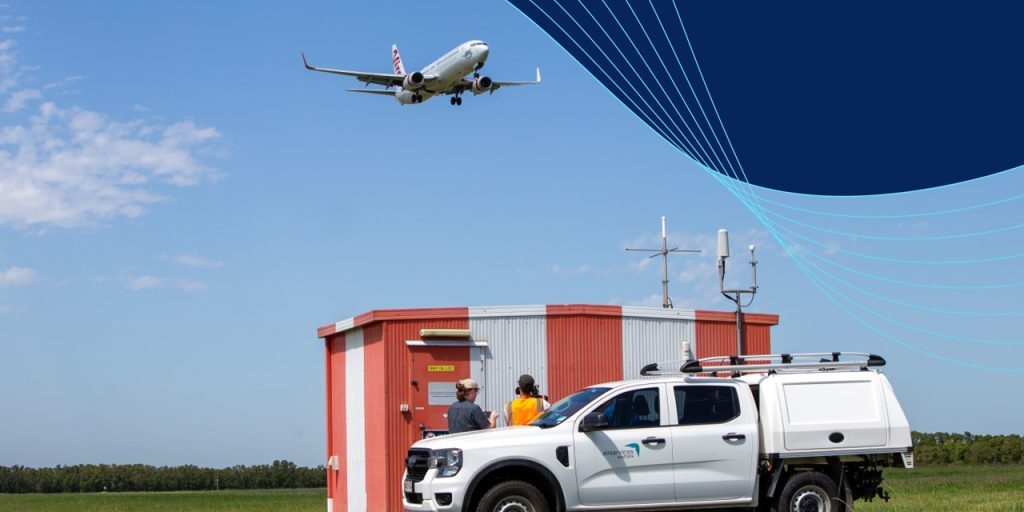A significant milestone will be reached today when the Instrument Landing System (ILS) is switched on at Gold Coast Airport to help pilots land during severe weather conditions.
Operation of the ILS, which brings to an end more than a decade of preparation and installation work on the project, is expected to reduce the number of diversions into the airport during adverse weather conditions.
Administered by Airservices Australia – the government-owned organisation in charge of managing Australia’s airspace – the ILS is managed by air traffic controllers, who will clear pilots to use the system.
Airservices Northern Operations Manager Doug Scott said the ILS is globally recognised technology familiar to airlines.
“The ILS further complements a range of navigation procedures and technology already in place to make operations at the airport more reliable, efficient and predictable for airlines and the travelling public,” Mr Scott said.
“It will provide vertical and horizontal guidance to pilots when landing, reducing flight delays and diversions.”
Gold Coast Airport Operations and Service Delivery General Manager Brett Curtis said it was an important day for the airport, its passengers and the wider region.
“The ILS is an important piece of infrastructure which will improve reliability and enhance the region’s reputation as a leading tourism destination,” Mr Curtis said.
“It means passengers flying to the Gold Coast during poor weather conditions can be assured we have the best technology available to minimise the need to divert to alternative ports. This technology brings us in line with other airports.
“This is crucial to our forward planning as we prepare to meet the growing demands of the region, with forecasts predicting passenger numbers to increase almost three-fold in the next 20 years.”
Testing on the ILS was completed by specially calibrated aircraft during December, with all systems ready to go.
Consisting of two antenna which transmit signals to receivers inside the aircraft cockpit, the ILS helps guide pilots in to land on the runway during adverse weather conditions.
Under conditions of approval, the ILS will only be used during severe weather causing low visibility conditions, as well as in emergency situations and when operationally required.
Background info:
For more information on the ILS and Noise Abatement Procedures, see Airservices Fact Sheets at https://engage.airservicesaustralia.com/gold-coast-airport-instrument-landing-system-post-implementation-review
Media contacts:
Queensland Airports Ltd Corporate Relations, P: 5589 1414 or email media@qldairports.com.au
Airservices Media, P: 1300 619 341 or email media@airservicesaustralia.com



